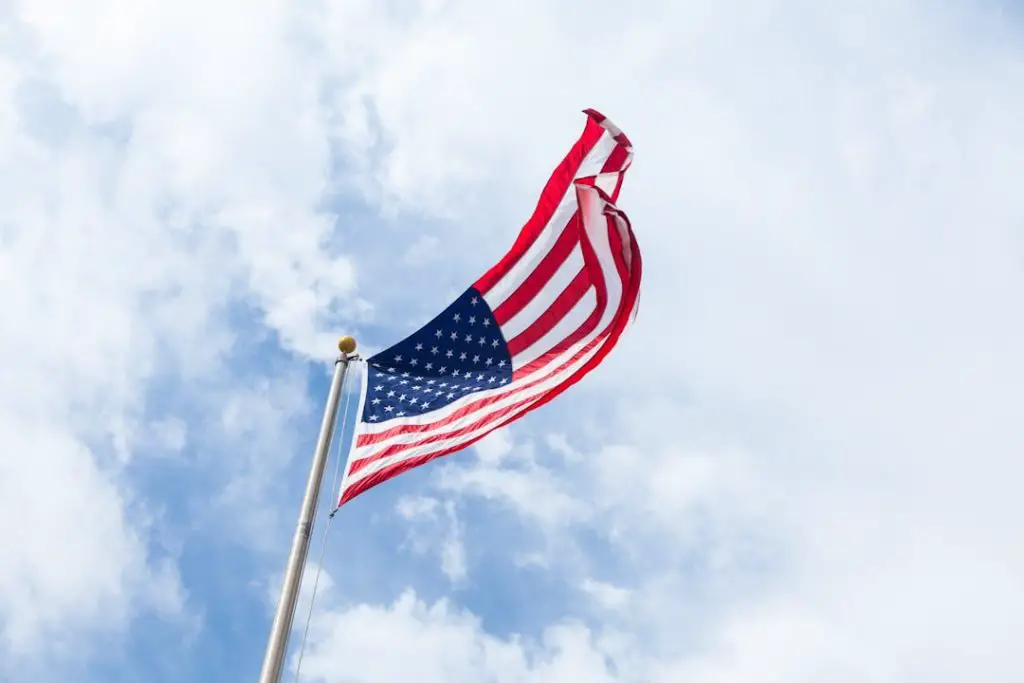
The Veterans Affairs (VA) implementation of President Trump’s DEI order has sparked debate within the veteran community. This decision stems from a broader executive order impacting federal agencies, raising questions about the future of diversity and inclusion within the VA. How will this affect the support services veterans rely on?
Table of Contents:
Veterans Affairs Implements Trump’s DEI Order: A Deep Dive
President Trump’s executive order, Ending Radical and Wasteful Government DEI Programs and Preferencing, mandates changes across federal agencies. It aims to dismantle diversity, equity, and inclusion (DEI) programs, labeling them “radical and wasteful.” In response, the VA placed nearly 60 DEI-focused employees on paid administrative leave.
The combined annual salary of these employees totals over $8 million, according to VA officials. The VA director stated that the move aligns with President Trump’s focus on the VA’s core mission.
Impact on Veterans
The impact on veterans remains uncertain. Some veterans believe DEI programs addressed crucial community needs. They worry that reallocating funds may harm historically underserved groups. Other veterans believe DEI initiatives detract from the VA’s core mission. This divide highlights the issue’s complexity.
Financial Implications
The VA also canceled existing DEI contracts worth over $6.1 million, per a VA press release. Officials intend to reallocate these resources to other veterans’ programs. The specific programs remain unclear.
This financial shift raises questions about budget allocations and how the VA will support veterans. This comes as the Trump administration previously restricted or prohibited federal DEI programs and support services.
The Legal Landscape
Trump’s move sets a controversial precedent, impacting private sector companies and existing DEI policies. This action aligns with the Trump administration’s previous attempts to restrict transgender individuals from serving in the military and curb federal DEI programs. These federal DEI policies fall under the Department of Labor (DOL) purview.
The DOL stated that for 90 days following President Trump’s executive order, federal contractors may comply with regulations effective January 20, 2025. This new legal landscape will affect how these issues are addressed in the coming weeks.
A Broader Perspective
This order’s implementation goes beyond the VA, reflecting shifting policies regarding military personnel. Under President Trump, executive orders often targeted DEI initiatives. In 2021, President Joe Biden reversed Trump’s ban on transgender personnel in the military, as reported by The New York Post.
President Trump signed a 2020 order prohibiting these initiatives. This back-and-forth highlights the debate over government DEI spending. Are such programs helpful for marginalized groups or unnecessary government waste? Is there a middle ground?
Conclusion
The VA’s implementation of President Trump’s DEI order marks a turning point. Unanswered questions remain about current and future initiatives. The long-term impact on veteran care is uncertain. Continued attention is crucial. The outcome will likely alter the legal landscape and how existing programs adapt to changing political priorities.